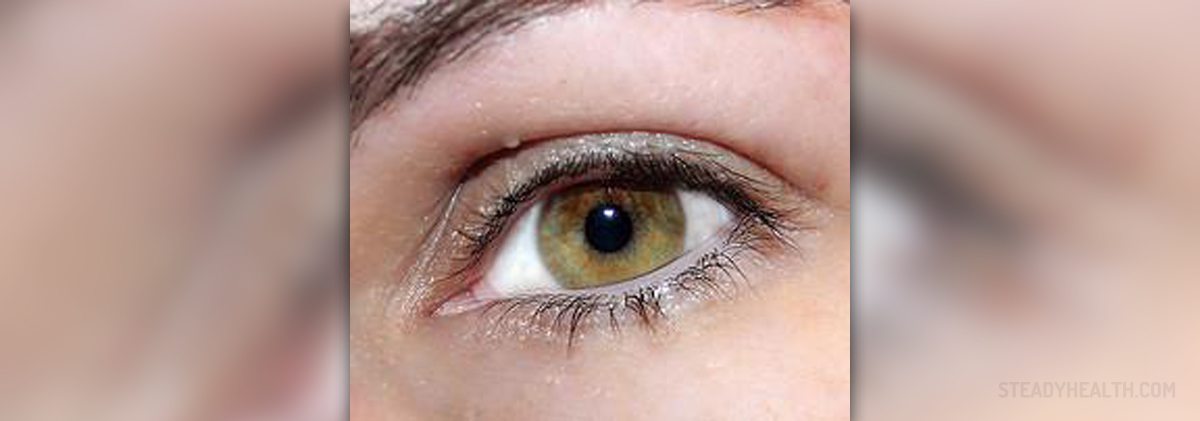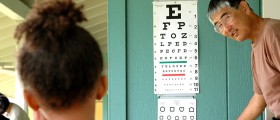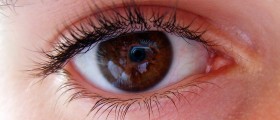
The retina and detachment
A layer of gel fills the gap between the lens and the retina. This gel is known as the vitreous, and as we age it is possible that this gel can pull away from its retinal attachment. Often, the vitreous separates without causing any problems. However, in some cases the vitreous pulls away hard enough to tear the retina in more than one place. As a result, fluid can pass through a retinal tear and lift the retina away from the back of the eye like wallpaper.Detachments such as this can occur at any age. However, it is more common for the problem to occur during mid life and the years after this. The presence of some conditions can lead to an increased chance of the occurrence of retinal detachment. Conditions in this category include nearsightedness, glaucoma, severe trauma, a previous retinal detachment, a family history of retinal detachment, or a weakness in the retina. These conditions can be identified by an ophthalmologist.
Some symtpoms of this condition include floaters, or the appearance of a gray curtain or veil that moves across ones field of vision. However, these symptoms do not necessarily mean that one is definitely suffering from a detached retina. Treatment for retinal tears often requires laser surgery or cryotherapy. These processes will look to reattach the retina to the back wall of the eye. For the most part, these treatments cause little or no discomfort, and can be performed in an ophthalmologists office. These treatments will aim to prevent retinal tears developing into a retinal detachment.If retinal detachment does occur, then surgery will almost always be necessary. Several ways exist to fix a detached retina. Some of the methods of surgery that can be used to reattach a detached retina are pneumatic retinopexy, scleral buckle, and vitrectomy.

















Your thoughts on this
Loading...